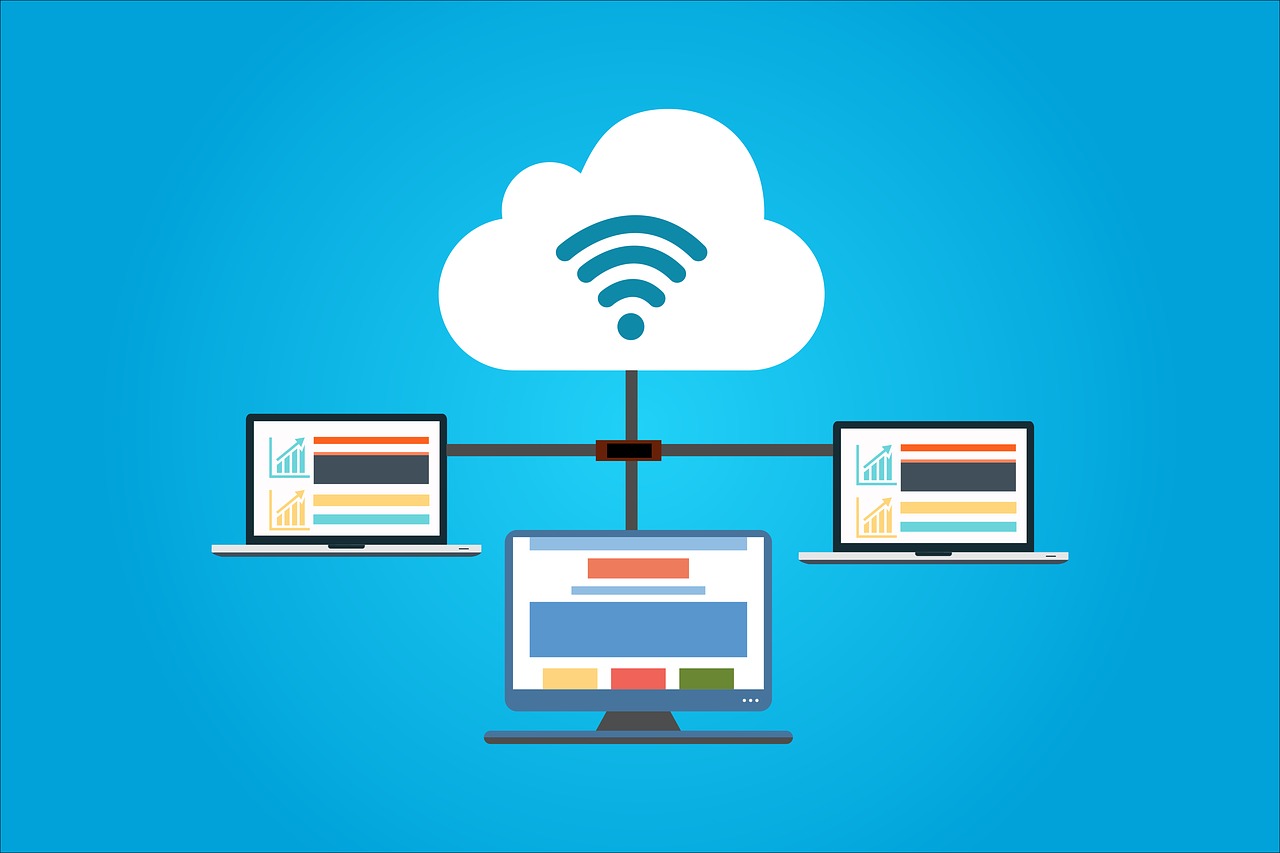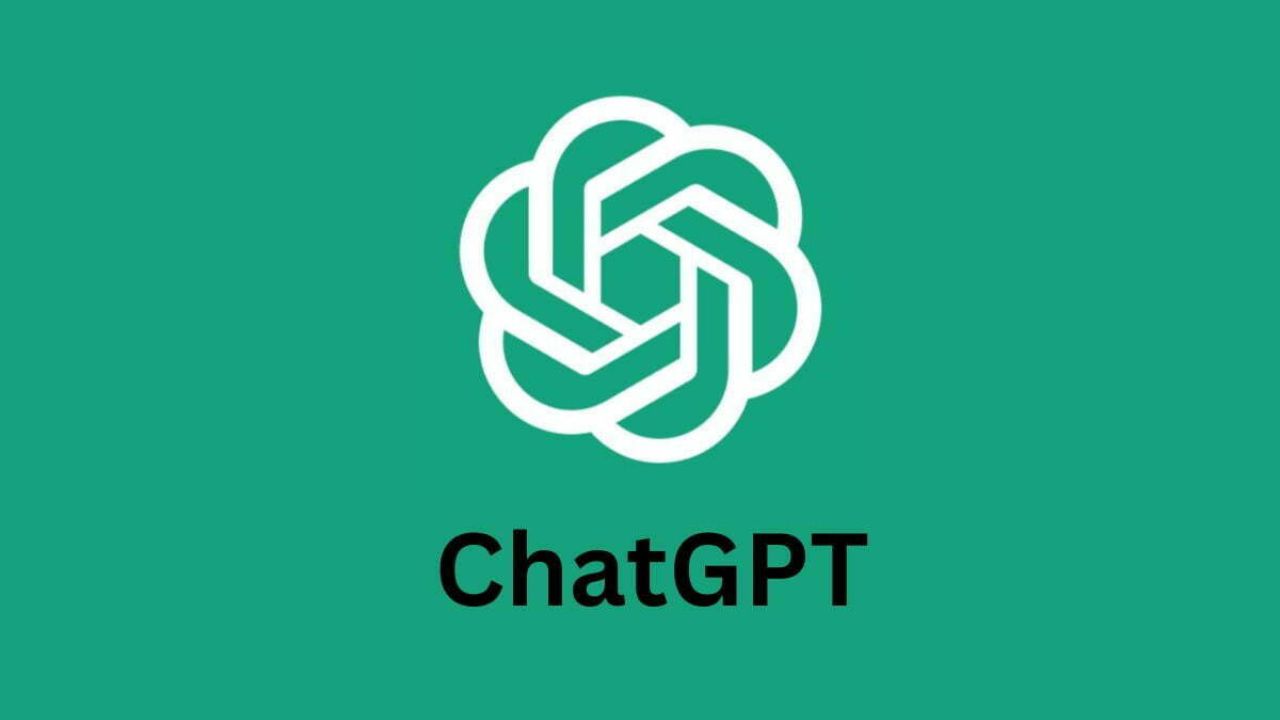Note: This is a guest post written by Dan Martin – As the success of modern businesses relies more and more on cloud technologies, the importance of having rock-solid security capabilities becomes ever clearer. But with the sheer number of available solutions, how do you decide which is best for your business? One system that stands out is graph-based security. Here are a few reasons why graph-based cloud security is an unbeatable source of defense against cyberattacks.
Firstly, graph-based security makes understanding complex networks much simpler. Combining both network data and user/account access logs into one visualization easily reveals where threats may be present.

Secondly, graph-based security allows users to quickly detect any anomalies in the system. It shows exactly what’s happening at all times, so any suspicious patterns or unexplained behaviors can be spotted the moment they arise.
Finally, the benefits of graph-based security include its ability to prevent malicious actors from using internal systems against companies. All potential intrusions are blocked and tracked so that risks can be managed efficiently and effectively.
With powerful real-time protections like these, it’s easy to see why graph-based security should be a key part of your cloud strategy.
What Is a Graph?
A graph consists of “nodes” (individual building blocks) and “edges,” or connections between them.
Node relationships show how multiple entities (people, places, objects, data, etc.) are related. This adaptable framework may replicate a road network, a gadget ecosystem, a population’s medical history, and more.
What Is a Graph Database?
Online DBMS that supports graph data and CRUD operations (create, read, update, delete). Graph databases emphasize connections. This frees your app from foreign keys and out-of-band processing.
Graph databases are simpler and more expressive than relational and NoSQL databases. Graph databases were designed for transactional (OLTP) systems. That’s why implementing Graph-Based Cloud Security will make your data secure and accessible.
Almost all firms nowadays use cloud computing and contextualized cloud security. Despite the widespread use of the cloud, there are significant security issues due to the cloud’s hidden intricacies. The shared responsibility paradigm contains many moving parts and changeable parameters.
Forging ahead with a security plan tailored to address the ongoing threat of cloud and container infrastructure is essential. Lightspin takes a proactive approach, carefully factoring in all potential risks, no matter their origin. Other respected organizations likewise offer hybrid cloud security solutions, so it’s important to look at the whole picture from an adversarial standpoint. Make sure to choose a reliable provider that gives you the peace of mind you deserve.
A Perfect Match for the Field of Cybersecurity
It’s time we upped our game and learned from their experience. Indeed, there’s no reason why not. Graphs capture the complexity of IT architecture and security systems at the network and cyber levels.
This is due to the fact that they depict reality quite accurately. Graph data models may show complex item networks and interactions, showing patterns tables miss. Relational tables help organize and analyze data but often need more information relationships.
Graph databases are helpful for cybersecurity because they handle large amounts of data. They will connect with multiple data sources and reveal linkages quickly. It helps in security, as data is gathered from monitoring systems. It has been estimated that major enterprises use an average of 75 security solutions.
Many programs and services produce log files, which might give cyber security information. No matter how many you have, each tool or source will make a large volume of alerts and logs.
When you consider resource interdependencies and relationships, the amount of data becomes overwhelming.
How Far Ahead of the Game Is Graph-Based Cloud Protection?
Google, Facebook, LinkedIn, and PayPal became market leaders by using graph databases. What is their little secret? Each one made use of graph database technology to tap into interconnected data for maximum effect. Graph-based cloud security is the latest technology offering, combining advanced analytics and sophisticated algorithms to protect your cloud data better than ever before.
The growing volume and interconnection of data offer a competitive edge. Graph-Based Cloud Security is explicitly designed to manage such data.
- Constantly Mapping Your Cloud Infrastructure
Creating a cloud environment map may help you see and manage hazards in your cloud environment. Once you understand the cloud ecosystem, you can identify its architectural weaknesses.
Mapping your cloud infrastructure is the only way to see it all in one place. Connectivity analysis between cloud assets is the crux of cloud mapping. Before developing your graph, discover all feasible asset links and record them in a relationship table.
The ideal graph would be platform-agnostic and would include assets from several cloud providers. Consequently, the information may be collected from various sources, including public cloud providers.
They are Google Cloud Platform, Azure, and Amazon Web Services. You will also find orchestration tools. Such as Mesos, Rancher, Kubernetes, and containerization tools (Docker, third-party IP addresses, and so on.
No matter the platform, assets may be linked in a graph (e.g., a Kubernetes service exposes a load balancer like AWS). Because of this, the topology graph/chart is an accurate representation of the client’s cloud infrastructure.
- A Graph-Based Approach
Companies may utilize graph databases to review data point connections. Graph-Based Cloud Security lets you see your data in charts, enabling you to detect patterns and forecast dangers.
Graph databases avoid fraud because they quickly link nodes and compute relationships. Graph database connections may perform effectively if given the same weight as data. The process enables millions of networks to be handled per second.
Graph databases analyze data and take on cloud computing risks faster than relational databases. It allows them to detect opportunities and dangers early.
Always use VPNs to protect your network using these technologies. VPNs secure online interactions and thwart assaults. A VPN encrypts your connection to a distant server (the internet). A VPN encrypts your data so that individuals with malicious intent cannot access it. The most effective method of protecting one’s anonymity when surfing the web is by using a VPN. Advantages include seeing foreign content and hiding from foreign authorities.”
A virtual private network (VPN) may help protect communications. A graph database may expedite investigations and reduce false positives in a data breach. Hybrid cloud security also decreases the cost of discovering and eliminating threats and fraud.
- Performances
Graph databases improve performance when dealing with multiple data relationships. As the quantity and complexity of relationships grow, standard database searches will bog to a standstill. But graph databases maintain their speed even as your data expands.
- Flexibility
Since the layout and schema of a graph model are adaptable, IT and data architect teams may use Graph-Based Cloud Security. It will help SaaS businesses keep up with the pace of business. Data teams don’t need to model a domain from scratch to enhance its graph structure.
- Agility
Agile, test-driven development works well with graph databases because it enables them to adapt to changing needs. The newest graph databases allow creating and maintaining new features quickly.
When Would You Use a Graph Database?
Companies now use Graph-Based enterprise cloud service technology in a variety of contexts:
- Preventing and identifying fraud
- Engines that provide suggestions in real time
- Master data management (MDM)
- Computer system and network administration
- Identity and access management (IAM)
Conclusion
Going the graph-based security route with your cloud-based enterprise data means that you get unparalleled insights into the relationships between users, applications, and data.
Each entity is mapped against one another to provide real-time risk scores, enabling organizations to detect threats faster than ever before while also establishing tighter policies and controls over their digital footprint.
And all of this can be achieved in a fraction of time and cost compared to traditional methods – making it clear why graph-based security is the superior choice for protecting your cloud data!






